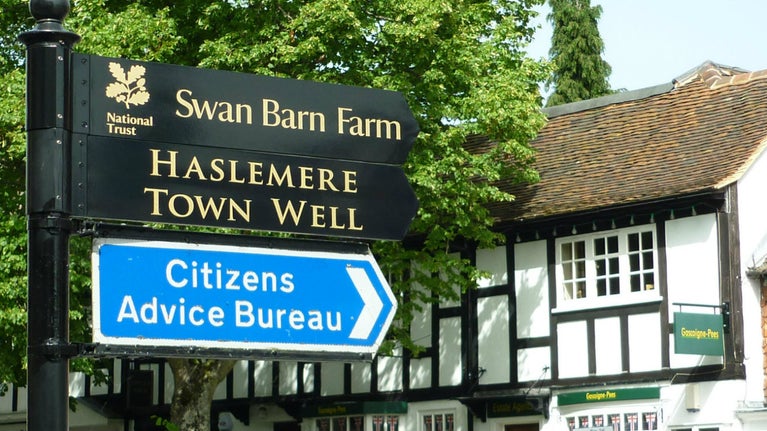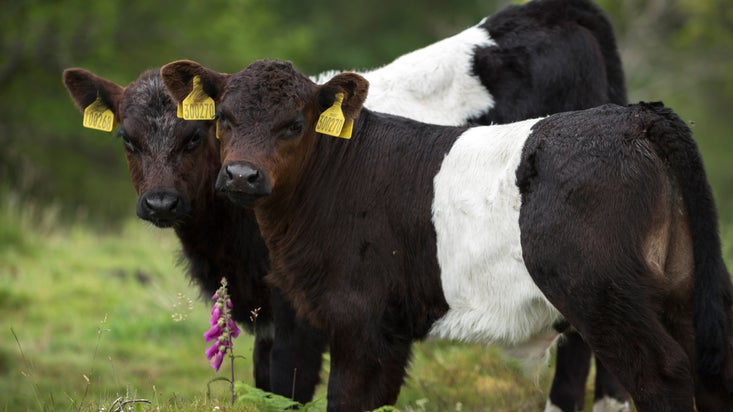Swan Barn Farm well, woodland and meadow walk
Surrey
Starting and ending in the historic market town of Haslemere, this circular walk goes from the medieval dipping well, through a network of meadows, streams and woodland before returning to town.
Near to
Swan Barn FarmStart point
Well Lane where it joins the High Street, Haslemere, Surrey, GU27 2JY. Grid ref: SU905330. What3Words: ///airbrush.bullion.bringsTrail information
*Narrow kissing gates and muddy areas. For further details, please see Terrain section.
**Variable underfoot with narrow kissing gates and rustic bridges. Not suitable for wheelchairs or pushchairs. For further details, please see section marked Access.
***Dogs welcome under close control. For further details, please see section marked Facilities.
More near here
Swan Barn Farm
A quiet retreat of woodland and pasture only 30 seconds from Haslemere High Street

Get in touch
Swan Barn Farm, Collards Lane, Haslemere, Surrey, GU27 2HU
Our partners

We’ve partnered with Cotswold Outdoor to help everyone make the most of their time outdoors in the places we care for.
You might also be interested in
Walking
Explore some of the finest landscapes in our care on coastal paths, accessible trails, woodland walks and everything in between. Find the best places to walk near you.

Walking in Surrey
From hilltop hikes with some of the finest views of the Surrey Hills to gentle wanders through ancient woodlands, these are some of the best walks in Surrey.

Cotswold Outdoor: our exclusive walking partner
Learn about the National Trust’s ongoing partnership with Cotswold Outdoor. Find out how they help us care for precious places and the exclusive discount available for National Trust supporters.

Staying safe at National Trust places
The special places in National Trust care sometimes come with a few risks for visitors, be it coastline or countryside. Find out how to keep safe throughout your visits.

Follow the Countryside Code
Help to look after National Trust places by observing a few simple guidelines during your visit and following the Countryside Code.

Things to do at Swan Barn Farm
As each new season arrives, so to do new things to see and do, different flora and fauna to be seen and heard, and fresh food to be foraged.






